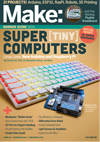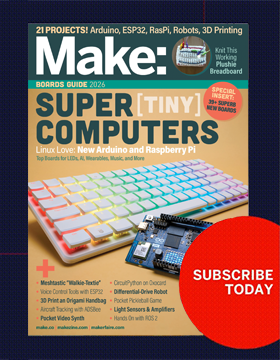Tweeting with a telegraph key
The Tweetagraph uses an Arduino to capture the dots and dashes created by the telegraph. The Ardruino itself is running Firmata (now comes as a built in library with the arduino software) so that it can talk to Processing. The Processing sketch is using the java library twitter4j which handles the communication with the Twitter API.






